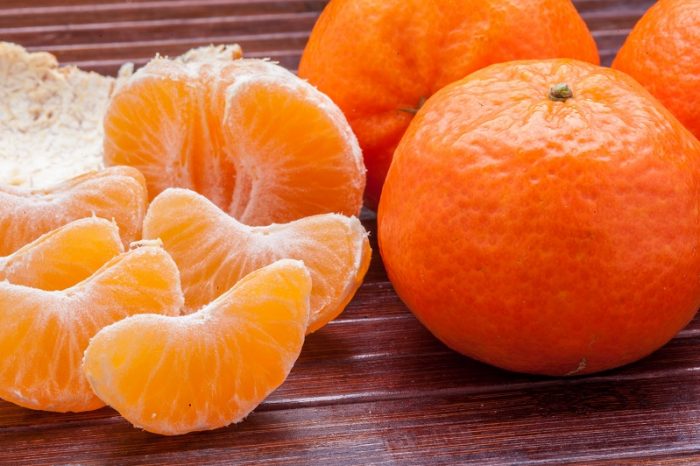


Mandarin vs tangerine free#
Clementine: Vitamin C in clementine prevents premature aging by fighting against free radicals and promoting collagen production.Tangerine: Tangerines are great sources of vitamin C, like all citrus, but they also contain a good amount of fiber, to help with digestion, and potassium, which supports muscle repair and low blood pressure.It contains 18% of your daily recommended fiber supply and is a great source of vitamin C, thiamin, folate, and potassium. Orange: A medium-sized orange contains around 47 calories, with roughly 11 grams of carbs and 9 grams of sugar.It also has 60% of your daily recommended vitamin C dosage. Clementine: A small clementine has 35 calories, with approximately 7 grams of sugar and 9 grams of carbs.Tangerine: One small tangerine contains around 40 calories, with 7 grams of sugar and 9 grams of carbs.Orange: Oranges are not as tart as grapefruit, but not as sweet as mandarins.Clementine: Clementines are the sweetest of the mandarins, and seedless.Tangerine: Tangerines are not as tart as oranges, but not as sweet as mandarins either.They tend to be lighter in color, with a tough skin. Orange: Oranges are second in size only to grapefruits.Specifically reddish-orange mandarin cultivars can be marketed as tangerines, but this is not a. Clementine: Clementines are small and light orange, with a soft but thick skin. Mandarin oranges are usually eaten plain or in fruit salads.Tangerine: Tangerines are small citrus fruits with deep red-orange skins that are thin and easy to peel.Include tangerines in your diet for your daily dose of Vitamin C.


 0 kommentar(er)
0 kommentar(er)
